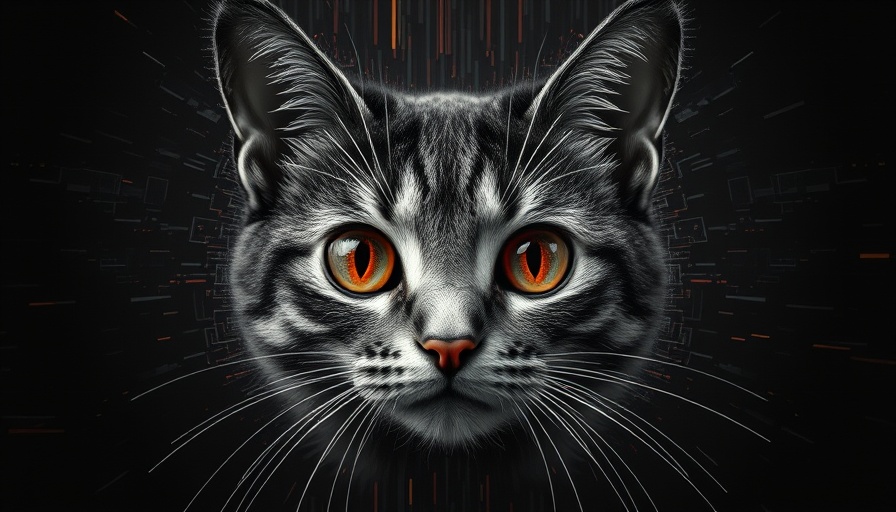
AI's Unsettling Influence on Children's Content
In an unsettling twist, generative AI technology is giving rise to a new wave of disturbing content on YouTube, echoing the alarming phenomena of "Elsagate" in 2017. Recent investigations revealed a plethora of channels creating grotesque animations that involve beloved childhood characters in disturbing scenarios. Out of innocent titles like "Go Cat," lurid visuals and narratives depicting cartoon gore, such as cats and minions suffering physical harm, unfold. The juxtaposition of children's vibrant animation with terrifying themes highlights a profound shift in the digital content landscape, raising significant concerns.
Coping With the Elsagate Legacy
YouTube has faced backlash for its inability to shield its younger audience from disturbing content. The Elsagate scandal resulted in extensive action—removing ads from millions of videos and issuing severe penalties to multiple accounts. Yet, just when many believed the horrors of Elsagate were contained, AI generated content infiltrates the platform anew. The combination of generative AI and effective monetization strategies has led to the emergence of channels that lure in unsuspecting viewers with nihilistic transformations that exploit children's curiosity.
The Economics Behind Disturbing Content
The recent rise in this genre of videos isn't merely a consequence of creativity gone awry. Instead, it embodies a perverse business model where shock value translates to viewership and, ultimately, profit. Accessibility to AI tools that yield eye-catching visuals encourages creators to push past moral boundaries while obscuring the reality behind their flashy thumbnails. With algorithms promoting content with high engagement metrics, disturbing, cartoonish gore ironically garners attention, optimizing into lucrative returns for the unnamed creators.
The Role of Corporates in Extricating Ethics from Eyeballs
What can corporations do? With tech-driven marketing as a priority, businesses have a responsibility to advocate for ethical standards amidst a rapidly evolving content landscape. Companies can leverage their influence to pressure platforms like YouTube into more stringent content moderation policies. Additionally, partnerships with child safety advocates can help reinforce the ethical framework necessary to protect vulnerable audiences while promoting responsible content distribution practices.
Looking Forward: A Call for Consumer Awareness
As the digital content landscape continues to evolve, it remains crucial for consumers—particularly parents and educators—to remain vigilant. The emergence of AI-generated, disturbing animated content may seem far removed from their reality, but the implications have the power to shape children's perceptions and emotional health. Industry professionals must recognize the importance of steering conversations toward responsible content creation and consumption, signaling a shift from prioritizing views and engagement to ensuring not just entertaining, but safe and wholesome experiences for children.
Conclusion: The Future of Children's Content and Corporate Responsibility
In summary, the surge of AI-generated cartoon gore and fetish content on platforms like YouTube necessitates a concerted effort to uphold ethical standards. As business professionals, engaging in discourse around consumer safety and advocating for child protection within media will build a safe environment for future generations. Recognizing the need for ethical content creation is not just a moral obligation but a strategic approach to ascertain the longevity of audiences and brands alike.
 Add Row
Add Row  Add
Add 




 Add Row
Add Row  Add
Add 

Write A Comment